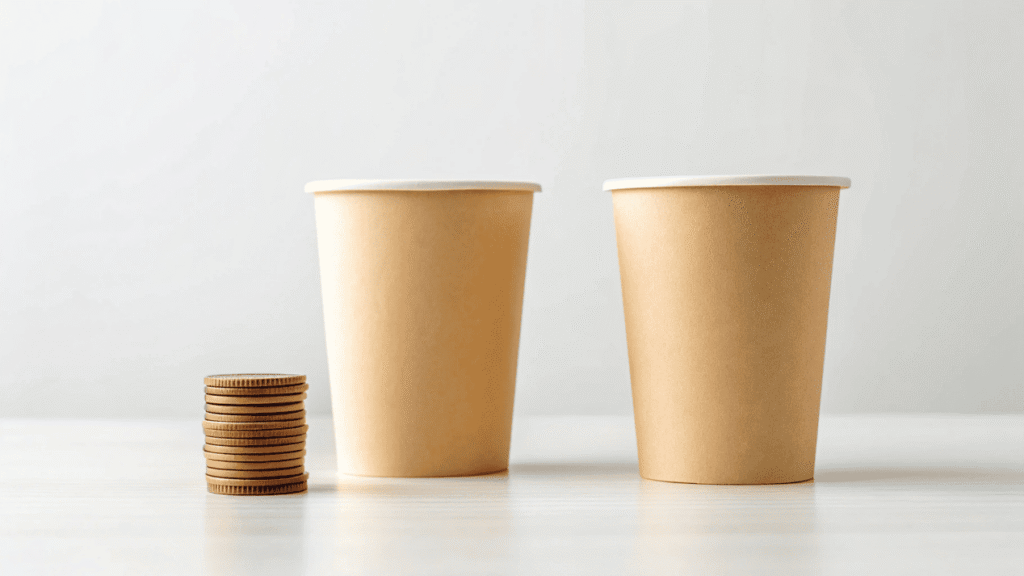Choosing the right cup is confusing. The wrong one can feel cheap, leak, or hurt your brand's eco-friendly image, leading to lost customers and wasted money.
The perfect cup balances performance, cost, and eco-impact. Choose PE-lined paper for budget, PLA-lined paper for sustainability, PET for cold drink clarity, and bagasse for a premium, green statement.
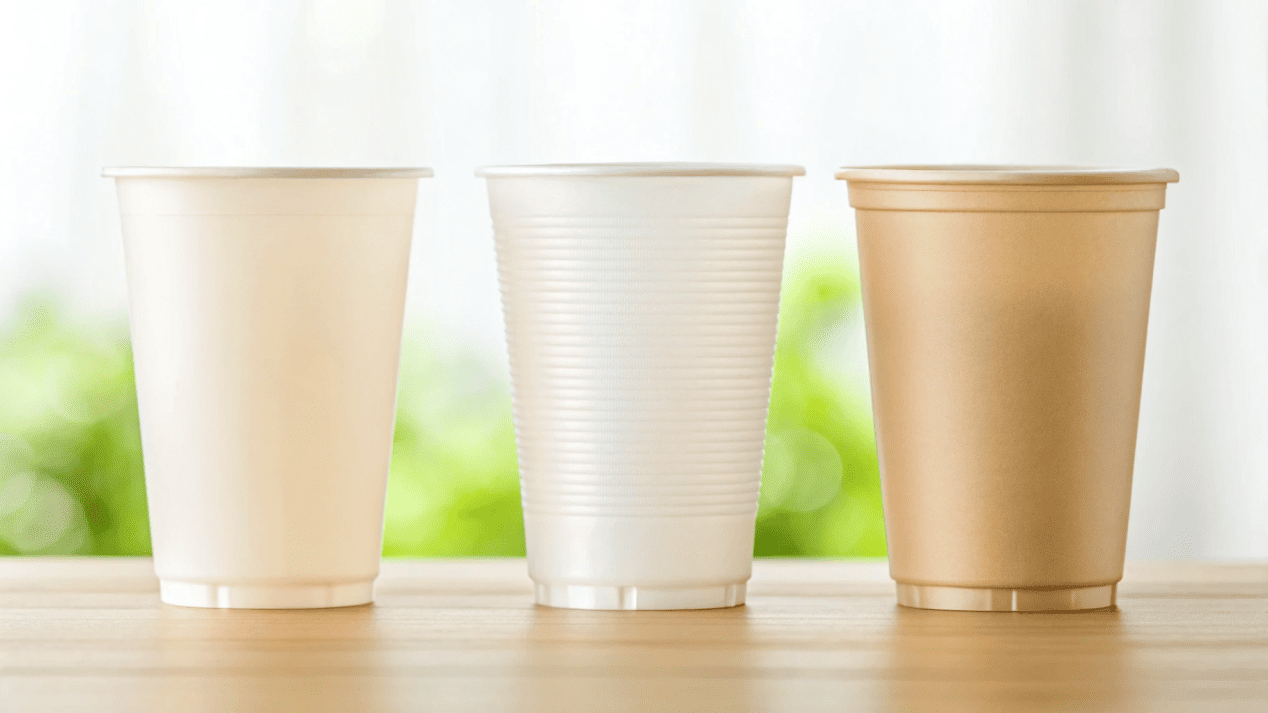
A coffee shop owner once told me, "Jonh, I just want a good cup that doesn't leak. But should it be compostable? Recyclable? What's the difference?" He felt paralyzed, afraid to make the wrong choice. I told him what I tell all my partners: the cup is the first thing your customer touches. It’s a handshake. Let’s make sure it’s a confident one. We don’t need to find a perfect cup, we need to find the perfect cup for you. It's a strategic decision that reflects who you are as a brand.
PE, PLA, PET, or Bagasse: What Are the Pros and Cons?
You know you need cups, but every material has a downside. You worry about choosing a cheap cup that leaks or an expensive eco-cup that customers don't value.
PE-lined paper is cost-effective but pollutes. PLA-lined paper is compostable but costs more. PET offers crystal clarity for cold drinks. Bagasse has a premium feel and is fully compostable but is the most expensive.
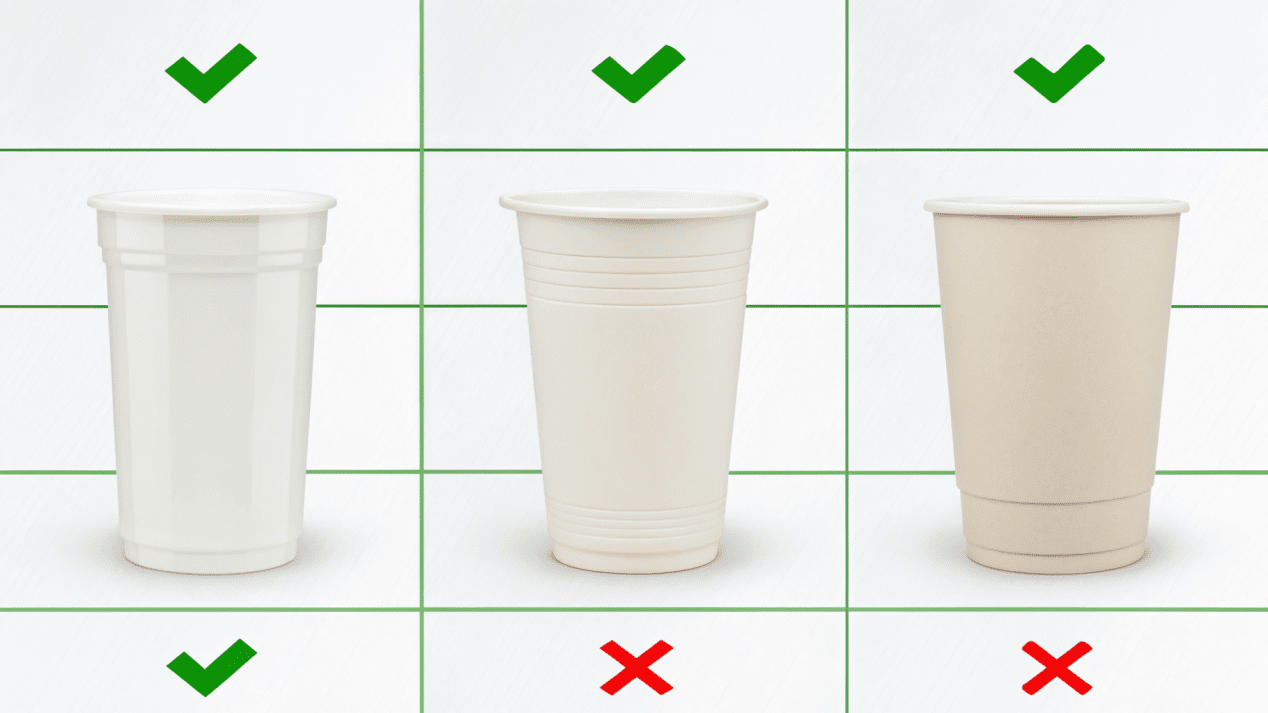
As an engineer, I see each material as a tool designed for a specific job. Choosing the right one means understanding its strengths and weaknesses. It's not just about holding liquid; it's about temperature, appearance, feel, and its end-of-life story. For years, PE-lined paper was the only real option. It's a workhorse. But then clients started asking for "greener" solutions. That's when PLA-lined cups became popular. They look and feel the same but have a much better environmental story. Then came bagasse, which feels completely different—thicker and more textured. It makes a statement. PET plastic has always been the champion for cold drinks where you want to show off colorful layers or fresh ingredients. Understanding these trade-offs is the key to making a confident choice.
Material At-a-Glance
| Material | Key Pro | Key Con | Best For |
|---|---|---|---|
| PE-Lined Paper | Lowest cost, very reliable | Ends up in a landfill | Businesses prioritizing budget on hot/cold drinks. |
| PLA-Lined Paper | Commercially compostable | Higher cost, needs specific disposal | Eco-conscious brands serving hot/cold drinks. |
| PET Plastic | Crystal clear, widely recyclable | Cannot be used for hot drinks | Showcasing cold drinks like smoothies and iced lattes. |
| Bagasse | Premium feel, fully compostable | Highest cost, opaque | High-end cafes making a strong sustainability statement. |
How Can You Balance Cost and Quality in Disposable Cups?
You have a strict budget, but you don't want to use flimsy, cheap-feeling cups. This forces you to choose between saving money and protecting your brand's quality image.
Look beyond the per-cup price. While PE-lined cups cost the least upfront, investing in premium eco-friendly options like PLA or bagasse can justify a higher menu price and build stronger customer loyalty.
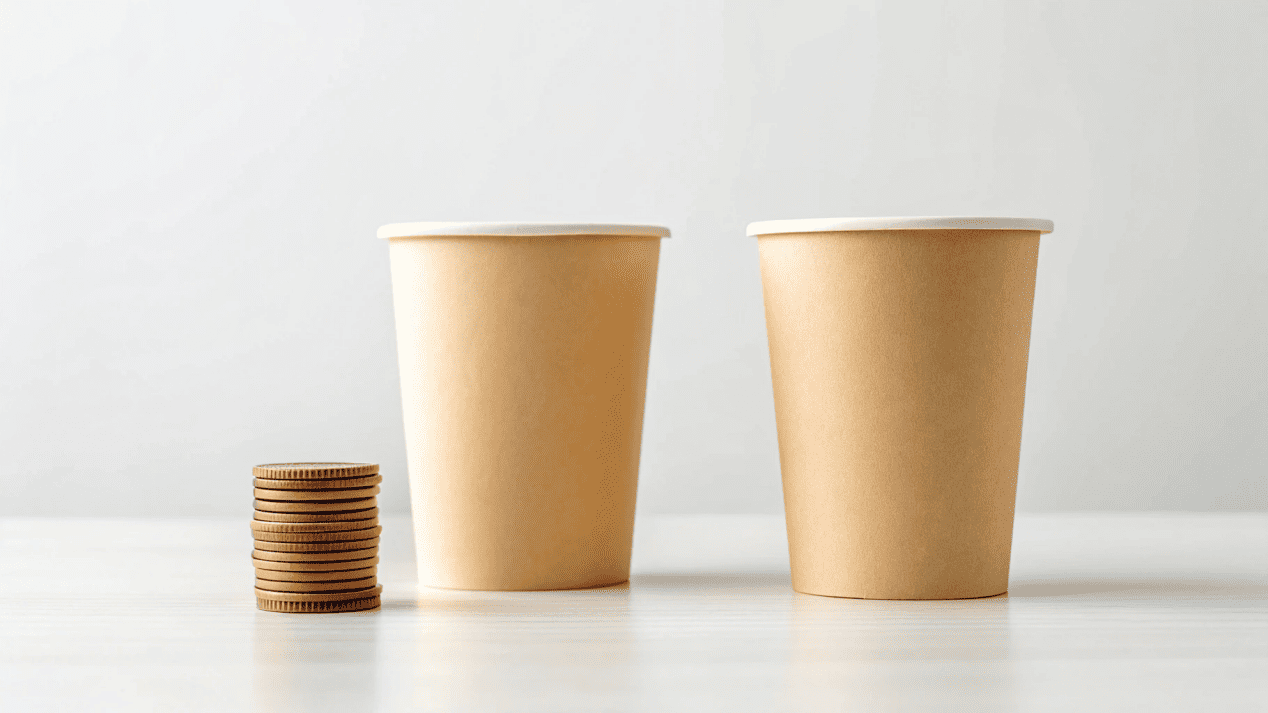
Many clients initially only ask for my lowest price. I always stop them and ask, "What is the value you want to create?" Cost is just one part of the equation. For example, a PE-lined cup might cost you 5 cents. A PLA-lined cup might cost 7 cents. That 2-cent difference seems significant when you order thousands. However, I worked with a client who switched to PLA cups and started marketing their coffee as a "guilt-free" experience. They raised their price by 25 cents and their sales increased. Their customers weren't just buying coffee; they were buying a good feeling. The "more expensive" cup actually became more profitable. You must decide if your cup is just a cost to be minimized or an investment in your brand story. Sometimes, spending a little more on your packaging allows you to earn a lot more from your product.
What Is the Real Environmental Impact of Your Cups?
You want to make an eco-friendly choice, but terms like "compostable" and "recyclable" are confusing. You risk accidentally "greenwashing" your brand if you choose the wrong material or message.
The real impact depends on disposal. PE paper goes to landfills. PET is widely recyclable if clean. PLA and bagasse are commercially compostable, but only if your city has the right facilities.
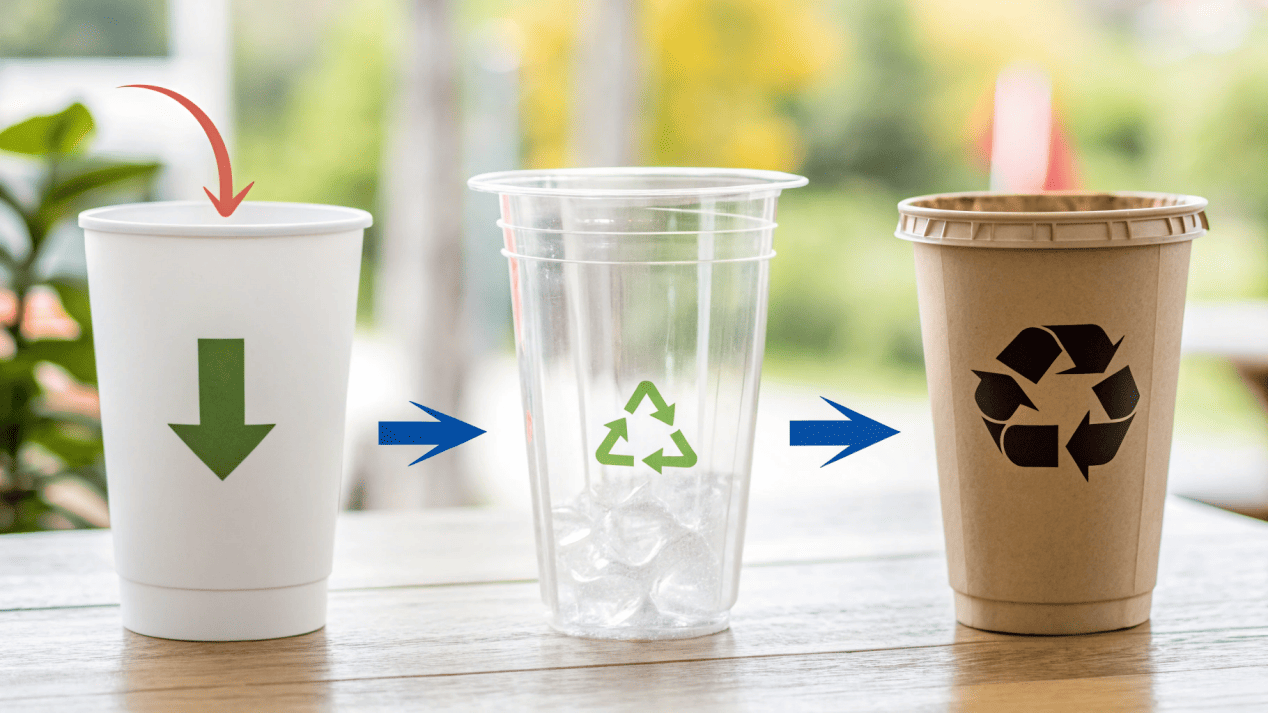
This is where things get tricky, and where honesty is most important. "Green" isn't a simple label. Let's break down what happens after your customer throws the cup away. A PE-lined cup almost always goes to a landfill. A PET plastic cup can be recycled, but only if it's empty and clean, and if the customer puts it in the right bin. The reality is that many are not. Now, for PLA and bagasse cups. They are "commercially compostable." This is the key phrase. It means they need to go to a special industrial facility with high heat to break down. They will not break down in a landfill or a backyard compost pile. So, before you invest in compostable cups, you must ask: "Does my city or do my customers have access to commercial composting?" If the answer is no, a recyclable PET cup might be a better environmental choice in your specific area. The best choice depends on the disposal systems you have available.
How Can You Be Sure Your Disposable Cups Are Safe?
You assume the cups you buy are safe. But if a supplier cuts corners, harmful chemicals could leach into your drinks, putting your customers and your business at serious risk.
Only work with suppliers who provide internationally recognized food-safety certifications, like the US FDA and EU Regulation 1935/2004. These certificates are your only proof that the materials are tested and non-toxic.
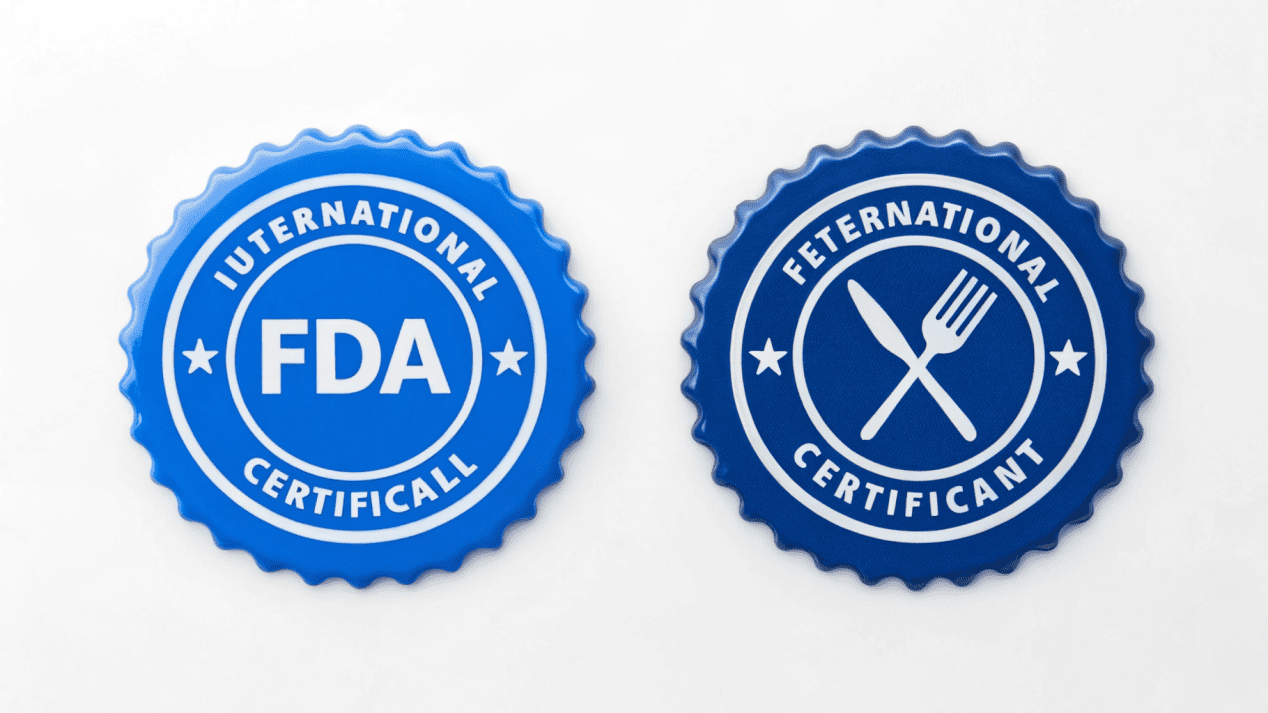
As a manufacturer, this is the area I am most passionate about. Your customer's safety is non-negotiable. It doesn't matter if a cup is made from paper, plastic, or sugarcane; if it's going to hold food or drink, it must be proven safe. The laws are very clear. In the United States, the FDA has strict rules. In Europe, they have Regulation (EC) 1935/2004. Both are designed to ensure that nothing from the cup's material can transfer into the beverage. A good supplier doesn't just claim to be safe. They prove it. When we onboard a new client, I don't just send them a price list; I send them copies of our certifications. This is your assurance. It's a third-party verification that our raw materials are pure, our manufacturing process is clean, and the final product is 100% safe for direct food contact. Never, ever partner with a supplier who cannot provide these documents.
Conclusion
The perfect disposable cup is a strategic choice that aligns with your brand, budget, and customer values. Understanding these materials gives you the power to choose wisely.
